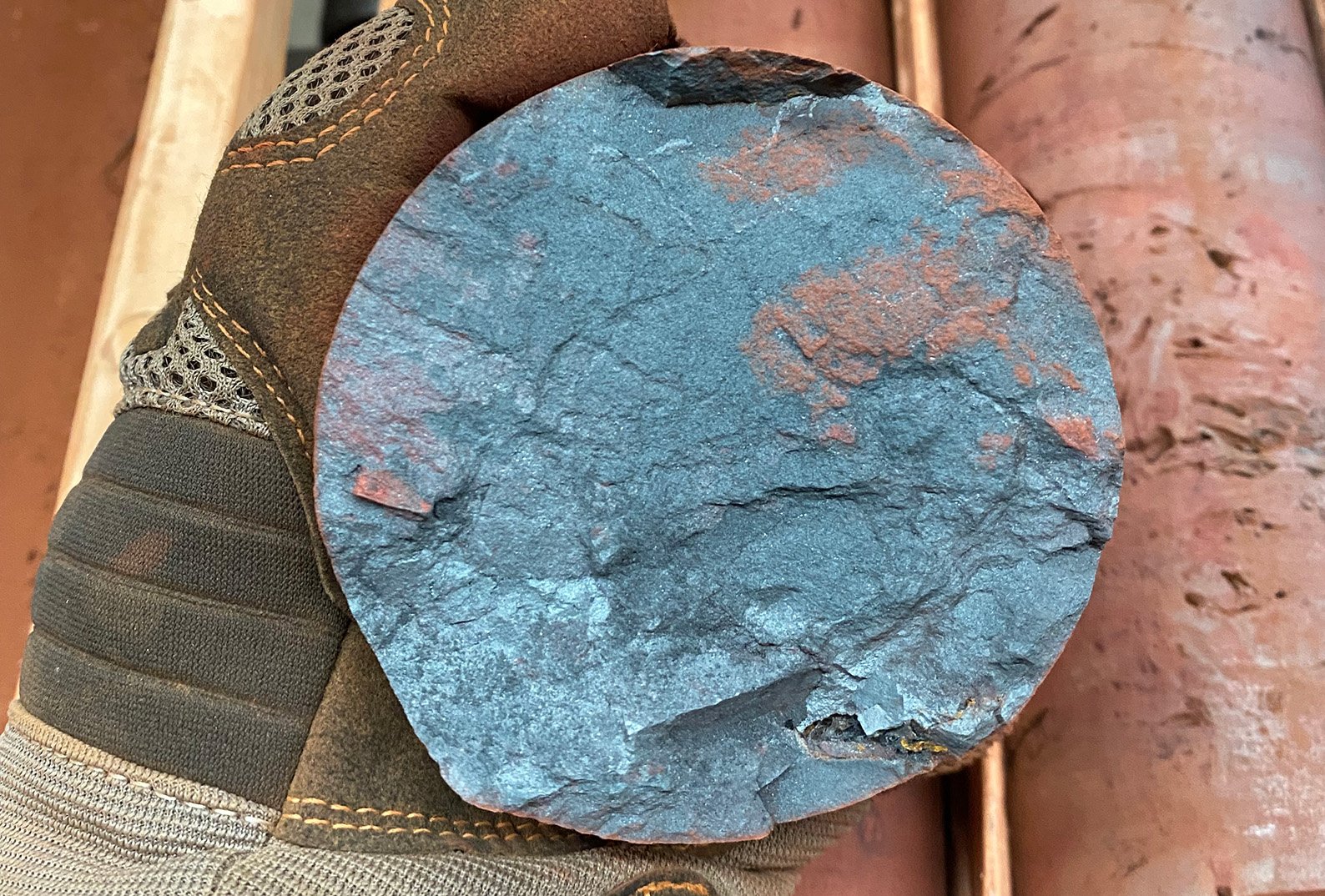

Uluslararası bir bilim insanı ekibi, Dünya’nın yörüngesindeki daha sıcak koşulları destekleyen değişikliklerin, 56 milyon yıl önce Paleosen-Eosen Termal Maksimum (PETM) olarak bilinen hızlı küresel ısınmayı tetiklemiş olabileceğini buldu.
Uluslararası bir bilim adamları ekibi, Dünya’nın yörüngesindeki ısınmaya yol açan değişikliklerin, 56 milyon yıl önce meydana gelen hızlı küresel ısınmayı tetiklemede rol oynamış olabileceğini öne sürdü. Paleosen-Eosen Termal Maksimum (PETM) olarak bilinen bu olay, günümüz iklim değişikliğinin bir benzeridir.
yer bilimleri profesörü Lee Kump, Penn Eyalet Üniversitesi. “Bu tarihin daha iyi bir çözümünü bulmak için çok fazla ilgi var ve çalışmalarımız, olayın nedeni ve karbon emisyonlarının oranı hakkında önemli soruları ele alıyor.”
Bilim adamları ekibi, Milanokovitch döngüleri olarak bilinen, uzun süreler boyunca oluşan yörünge modellerine dayanan tortul katmanları tarihlendirme yöntemi olan lale bilimi kullanarak Maryland sahili yakınlarındaki PETM’nin iyi korunmuş bir kaydından alınan çekirdek örnekleri inceledi.

O zamanlar Penn State’de yüksek lisans öğrencisi olan Victoria Fortes (sağda) ve bir USGS araştırma jeoloğu olan Jean Self Trail, Maryland’deki Howards Tract sahasından bir çekirdek numune üzerinde çalışıyor. Kredi bilgileri: Pensilvanya
Dünya’nın yörüngesinin şeklinin veya eksantrikliğinin ve dönüşündeki yalpalamanın veya büyüklüğünün, Betem döneminin başlangıcında daha sıcak koşulları desteklediğini ve bu yörünge konfigürasyonlarının birlikte olayı tetiklemede rol oynamış olabileceğini buldular.
Yerbilimleri Okulu Dekanı John Lyon Coombe, “Tropikal tetikleyici, şu anda daha popüler olan süper volkanların karbon saldığı ve olayı tetiklediği şeklindeki açıklama yerine, PETM döneminde birkaç derecelik ısınmaya neden olan karbon salınımını tetiklemiş olabilir” dedi. .ve mineraller.
Sonuçlar dergide yayınlandı
“This study allows us to refine our carbon cycle models to better understand how the planet reacts to an injection of carbon over these timescales and to narrow down the possibilities for the source of the carbon that drove the PETM,” said Mingsong Li, assistant professor in the School of Earth and Space Sciences at Peking University and a former assistant research professor of geosciences at Penn State who is lead author on the study.
A 6,000-year onset, coupled with estimates that 10,000 gigatons of carbon were injected into the atmosphere as the greenhouse gases carbon dioxide or methane, indicates that about one and a half gigatons of carbon were released per year.
“Those rates are close to an order of magnitude slower than the rate of carbon emissions today, so that is cause for some concern,” Kump said. “We are now emitting carbon at a rate that’s 5 to 10 times higher than our estimates of emissions during this geological event that left an indelible imprint on the planet 56 million years ago.”
The scientists conducted a time series analysis of calcium content and magnetic susceptibility found in the cores, which are proxies for changes in orbital cycles, and used that information to estimate the pacing of the PETM.
Earth’s orbit varies in predictable, calculable ways due to gravitational interactions with the sun and other planets in the solar system. These changes impact how much sunlight reaches Earth and its geographic distribution and therefore influence the climate.
“The reason there’s an expression in the geologic record of these orbital changes is because they affect climate,” Kump said. “And that affects how productive marine and terrestrial organisms are, how much rainfall there is, how much erosion there is on the continents, and therefore how much sediment is carried into the ocean environment.”
Erosion from the paleo Potomac and Susquehanna rivers, which at the onset of the PETM may have rivaled the discharge of the Amazon River, carried sediments to the ocean where they were deposited on the continental shelf. This formation, called the Marlboro Clay, is now inland and offers one of the best-preserved examples of the PETM.
“We can develop histories by coring down through the layers of sediment and extracting specific cycles that are creating this story, just like you could extract each note from a song,” Kump said. “Of course, some of the records are distorted and there are gaps — but we can use the same types of statistical methods that are used in apps that can determine what song you are trying to sing. You can sing a song and if you forget half the words and skip a chorus, it will still be able to determine the song, and we can use that same approach to reconstruct these records.”
Reference: “Astrochronology of the Paleocene-Eocene Thermal Maximum on the Atlantic Coastal Plain” by Mingsong Li, Timothy J. Bralower, Lee R. Kump, Jean M. Self-Trail, James C. Zachos, William D. Rush and Marci M. Robinson, 24 September 2022, Nature Communications.
DOI: 10.1038/s41467-022-33390-x
The study was funded by the National Key R&D Program of China and the Heising-Simons Foundation.

“Analist. Tutkulu zombi gurusu. Twitter uygulayıcısı. İnternet fanatiği. Dost pastırma hayranı.”





More Stories
Bilim insanları dünyadaki en büyük demir cevheri yataklarında milyar yıllık bir sırrı keşfetti
Fosillere göre tarih öncesi deniz ineği, timsah ve köpekbalığı tarafından yenildi
Büyük bir bindirme fayı üzerine yapılan yeni araştırma, bir sonraki büyük depremin yakın olabileceğini gösteriyor